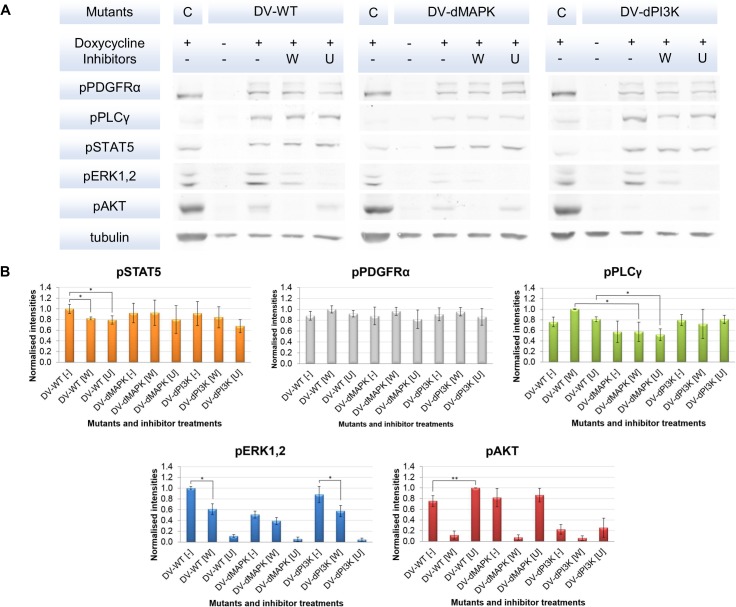Fig 2. Raw and quantified data from the initial set of Western blot experiments.
[A] An example set of raw data from Western blot experiments is shown in Fig 2A. Three PDGFRα mutants containing the D842V point mutation were investigated. One mutant contains no additional YF point mutation, i.e. wild type (DV-WT) while the other two contain either Y720F (DV-dMAPK) or YY731/742FF (DV-dPI3K) point mutations which abrogate the recruitment sites of upstream signalling molecule for MAPK and PI3K/AKT/mTOR pathways, respectively. These experimental conditions were combined with the treatment with two signalling inhibitors, i.e. Wortmannin (W) [1 μM], which mainly inhibits PI3K, and U0126 (U) [10 μM], which mainly inhibits MEK1,2. Doxycycline is used to induce the transcription of the constitutively phosphorylated PDGFRα mutants. The experiment was performed in 3 biological replicates with 3 technical replicates. The signals from the calibrator sample (C) derived from the induced DV-WT cell line in an early passage were applied to calibrate relative intensities between Western blots. [B] The summarised quantified Western blot data are shown in Fig 2B. The signals were normalised against tubulin and subsequently calibrated by the calibrator signals. The normalised mean of technical triplicates from each biological replicate were pooled and re-normalised to the maximal value to generate the final mean and standard deviation values for modelling task. The significances between two data points were assessed with the Student’s T-test; p-value < 0.05 (*) and p-value < 0.01 (**).

